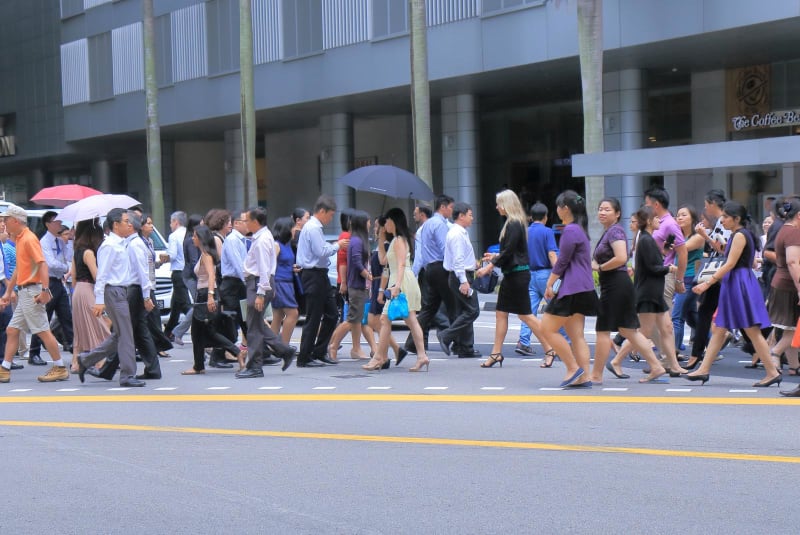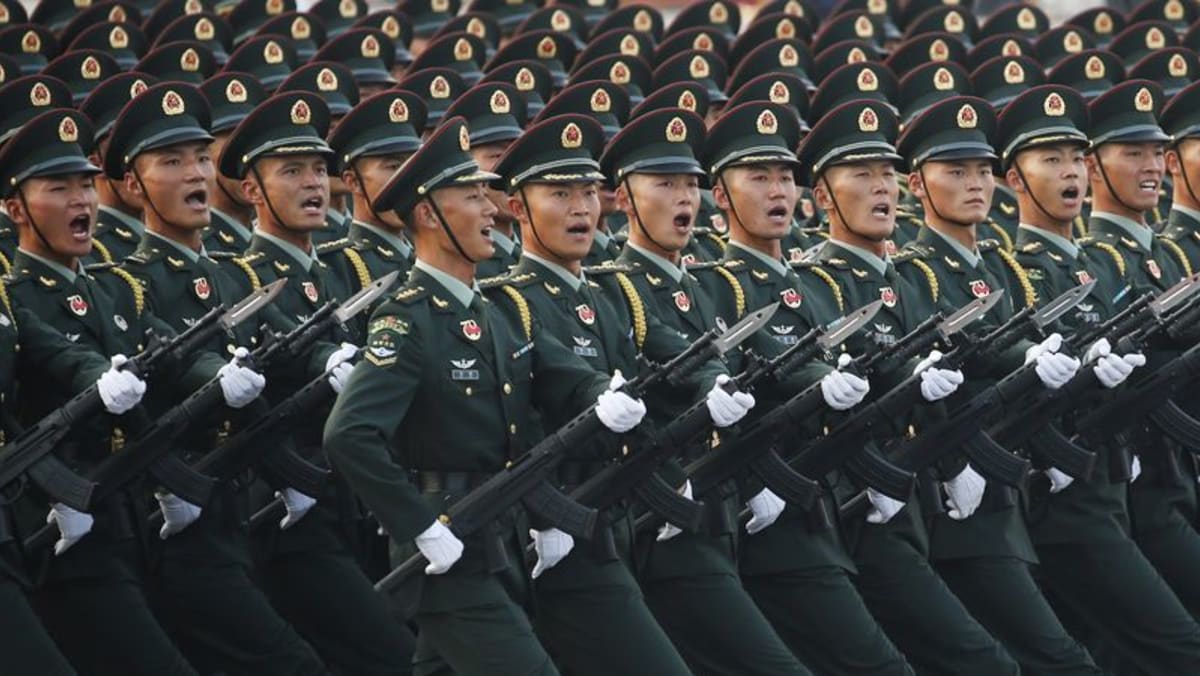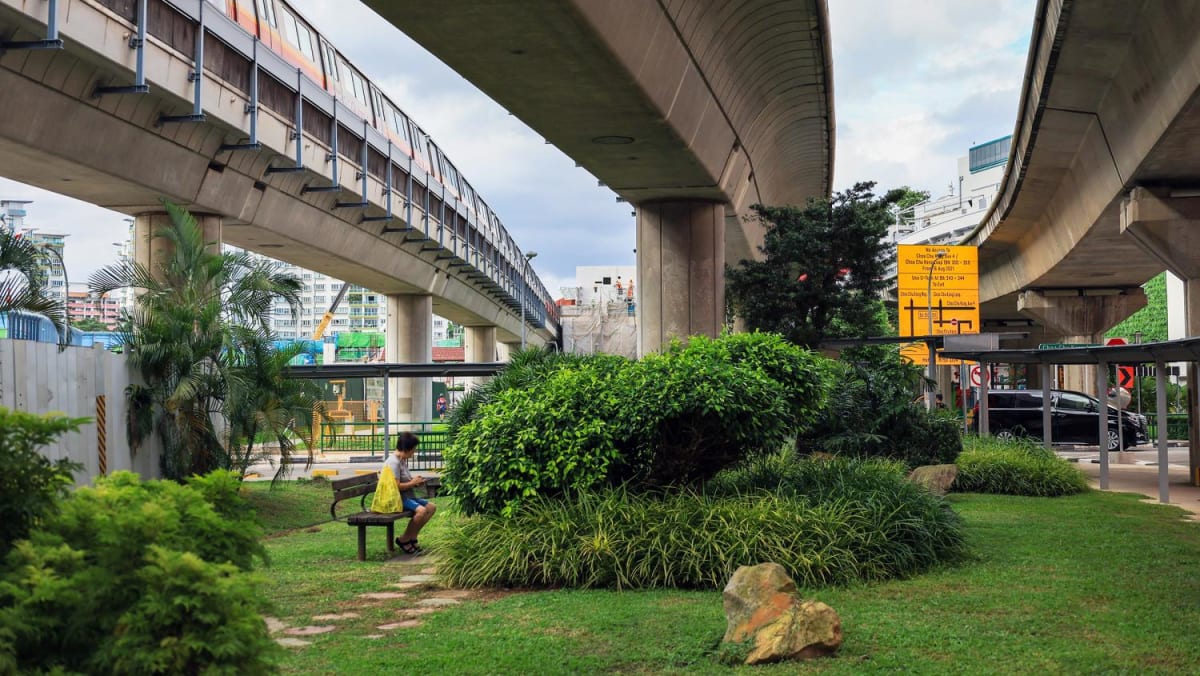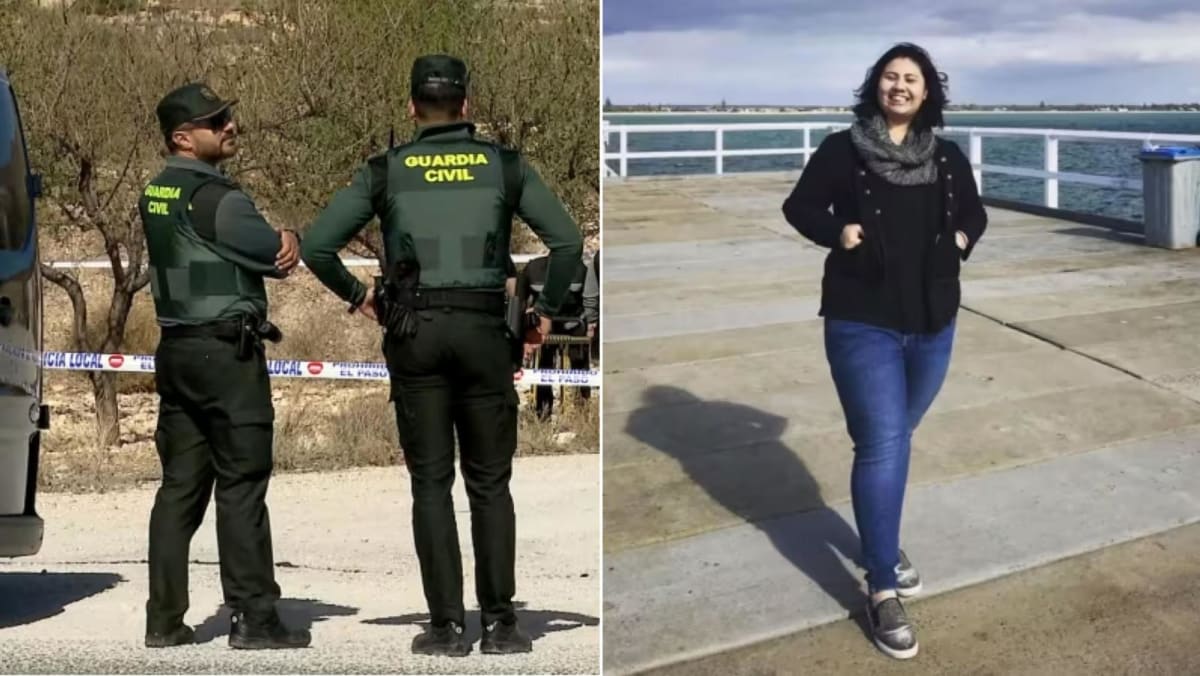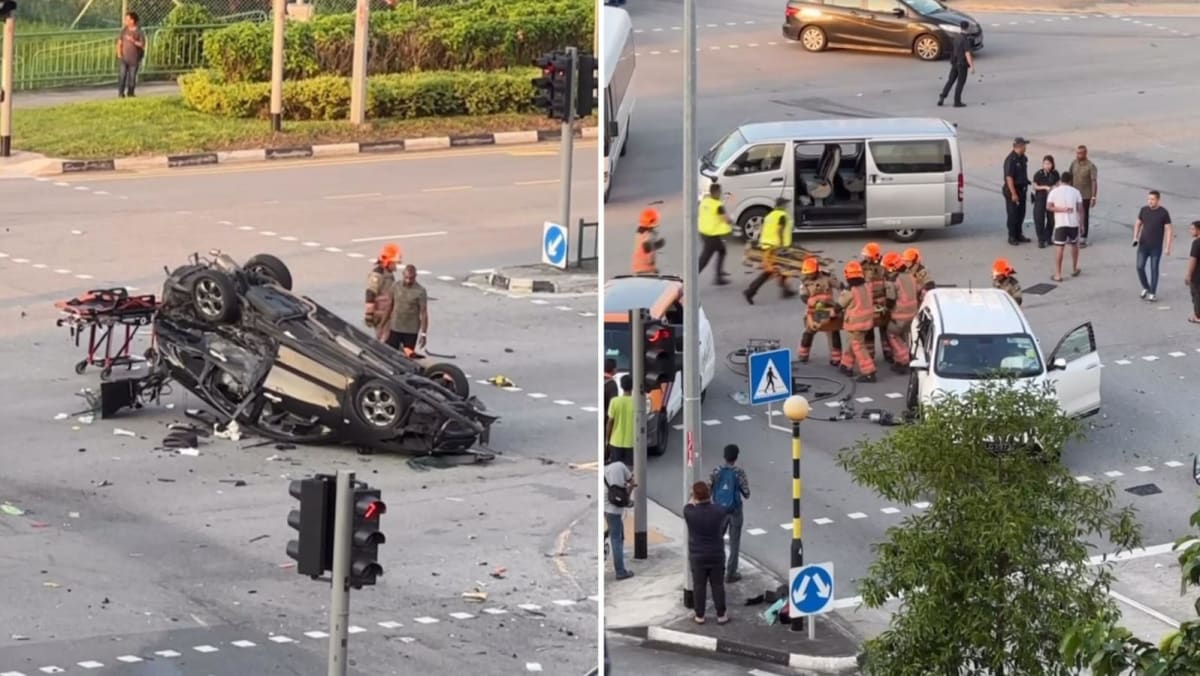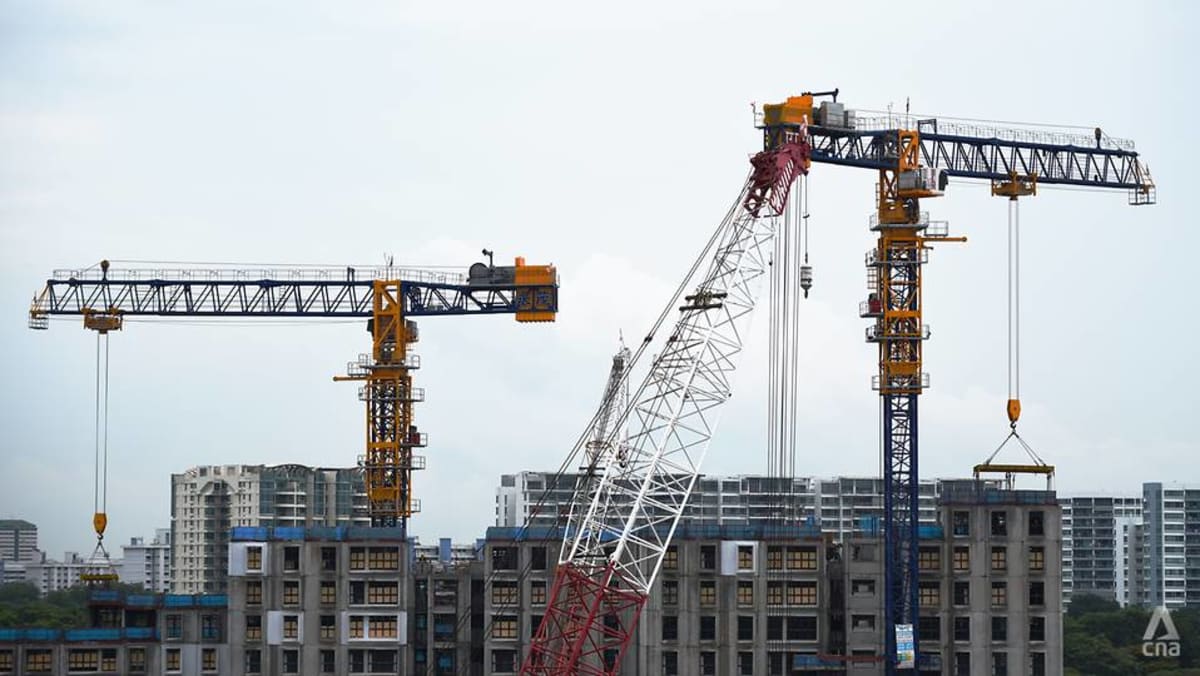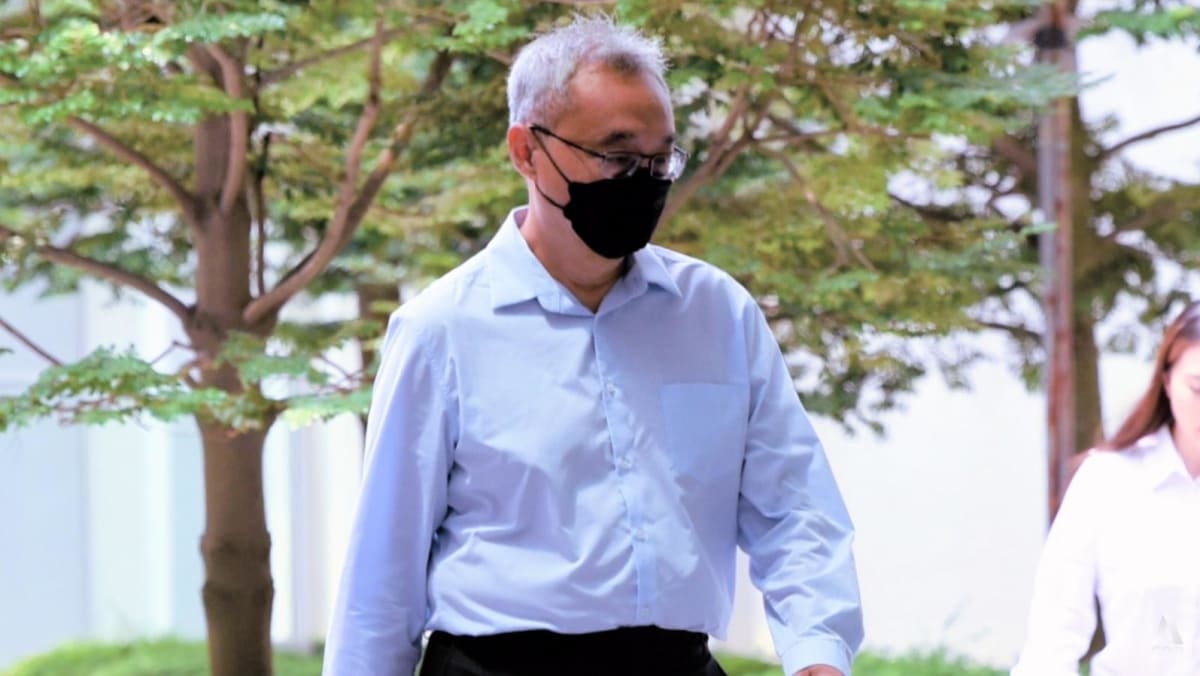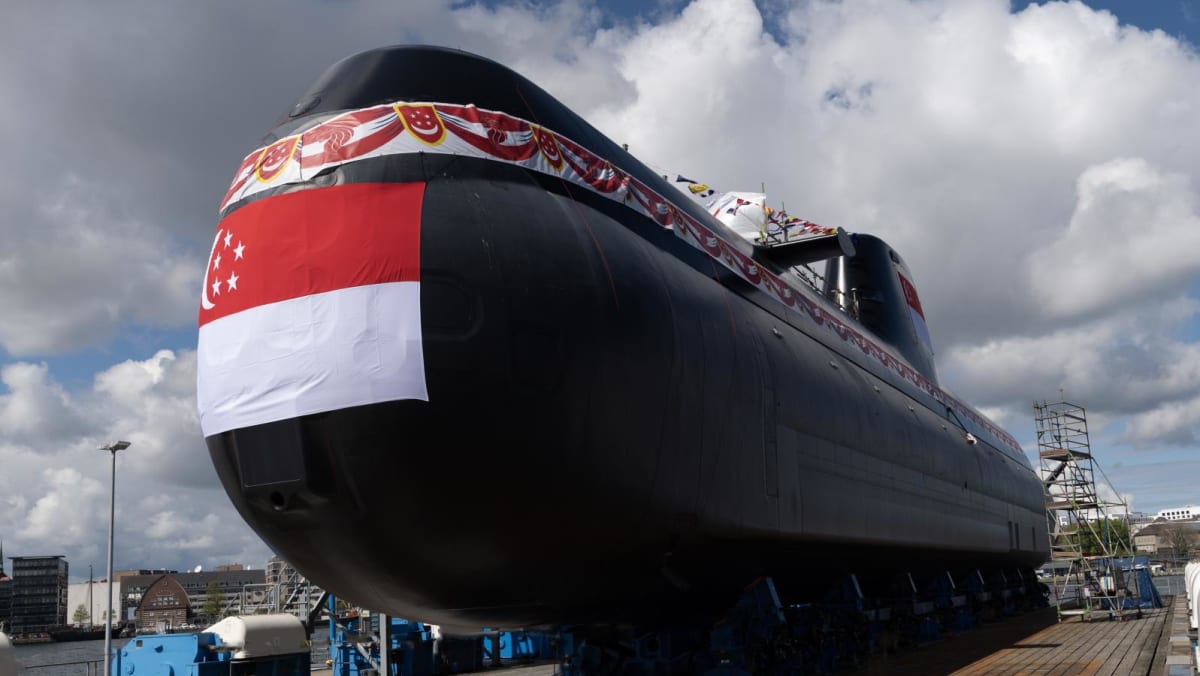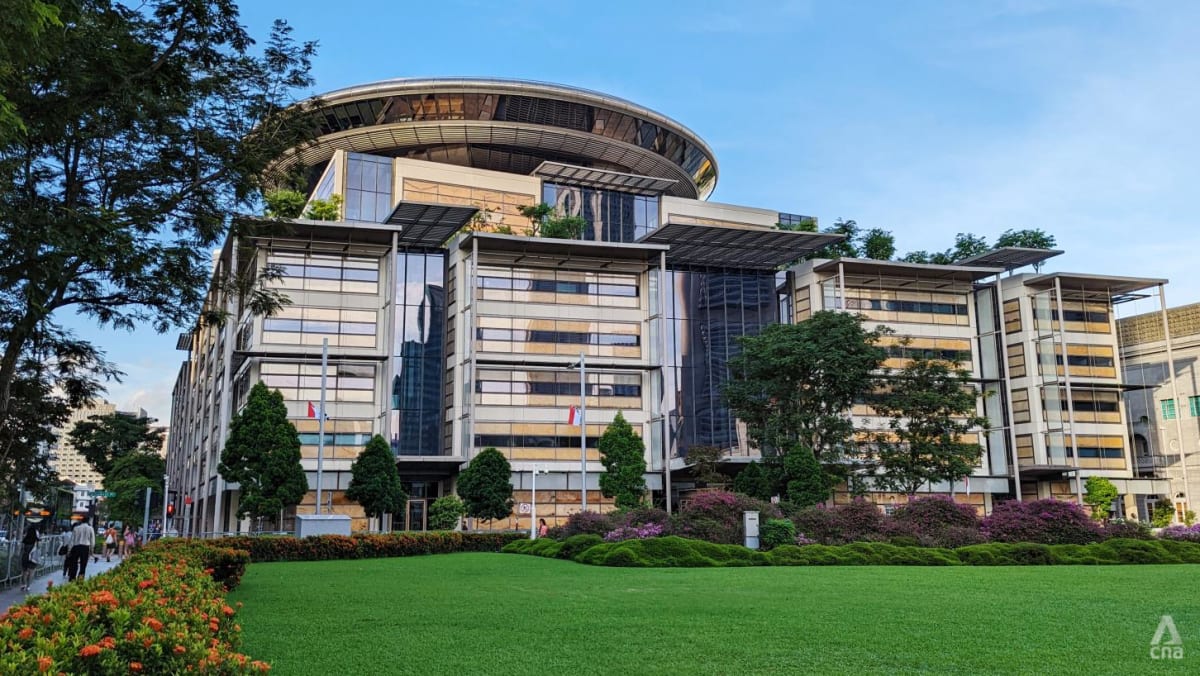RESIDENTS’ WISH LIST
TODAY spoke to 11 residents in Yishun and nine in Choa Chu Kang, who had differing views about how spaces under MRT viaducts in their respective estates should be used.
“I think if there were more cafes or restaurants, it’d be cool,” said 27-year-old Zoey Lee, a Yishun resident for nearly her whole life. The professional dancer also said having bars is something that would add vibrancy to the neighbourhood.
Another Yishun resident, Mr Jimmy Foo, 70, said he would prefer more convenience shops or provision shops. “For art (installations) that kind of thing, I don’t think it is a good idea,” said Mr Foo, who has lived in Yishun for 42 years.
Student Loke Yee Ying, 18, added that while the Northpoint City mall at Yishun MRT has plenty of stores, the possible development of the space nearby may allow residents to support smaller businesses.
Over in Choa Chu Kang, Ms Elnita Firdaus, 18, said that if the viaduct underneath the tracks were to be developed into retail space, it would have to be “really exciting” for her to spend time there.
Otherwise, she would prefer more communal spaces to hang out after school.
“I find in (Choa Chu Kang), there is not so much space that we can relax or chill. Choa Chu Kang feels a bit tight,” said Ms Elnita, a student at the Insititute of Technical Education College East.
Agreeing, Ms Hah Ching Lin, 28, who works in biotechnology, said Choa Chu Kang is a densely populated area, where sometimes not everyone gets a chance to use communal facilities like the basketball court.
“Community or shared spaces would be best,” said her husband Paul Librojo Ganaban, 31.
“The library can be quite packed, and if students want to study, they have to (sit at) Starbucks,” he said.
PROFIT SHOULDN’T BE THE AIM: EXPERTS
Experts TODAY spoke to said they are for the idea of developing spaces underneath viaducts but emphasised that choosing the right development is important.
Associate Professor Walter Theseira from the Singapore University of Social Sciences (SUSS) said that given the proximity to the trains, noise and dust are factors to consider when deciding what kind of development to build.
“In fact, most of the commercial viability is likely to be near existing MRT stations. It certainly wouldn’t be so viable further away from the various MRT stations,” said Assoc Prof Theseira.
“That limits what you can do (with the space),” he added. Even so, he pointed out that some cities, such as Paris, use street-level viaduct spaces as parking lots, while Japan utilises the spaces under train tracks for dormitories.
“You can actually do quite a lot with the space, but it would be really on a case-by-case basis,” said Assoc Prof Theseira.
Property analyst Nicholas Mak said developing spaces under viaducts “can be a good idea”, adding that the best way to use them is to meet the community’s needs.
For this to happen, Mr Mak and Assoc Prof Theseira agreed that if these spaces are for the benefit of the community, it cannot be thought about as “purely maximising revenue”.
Mr Mak notes that spaces like this must consider the community’s changing needs.
“We may be successful for a few years, but people’s needs change over time,” he said, adding that there may not be a need to develop every single space under the viaduct.
“Years later, you find that the community needs something different,” said Mr Mak, “but now you’ve got no more space”.

